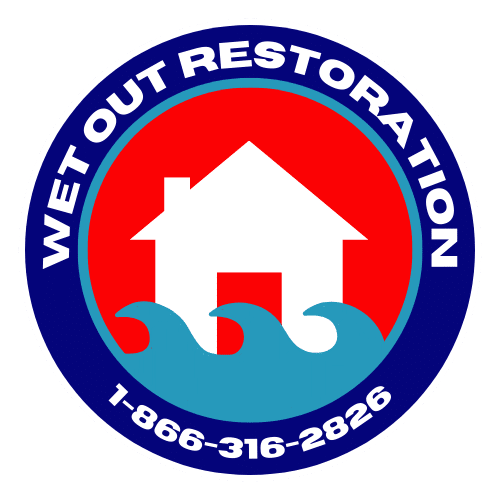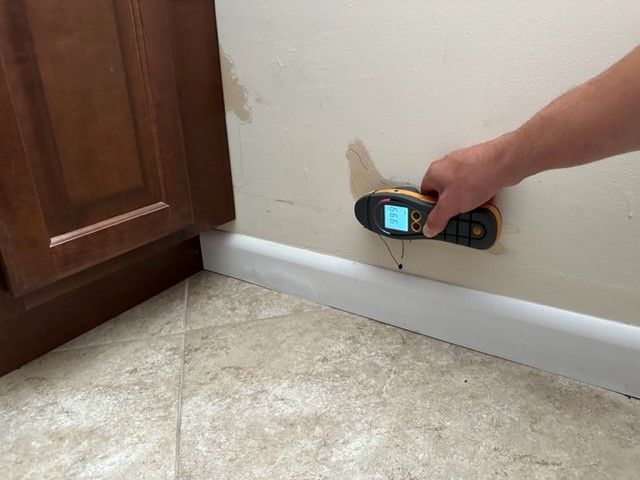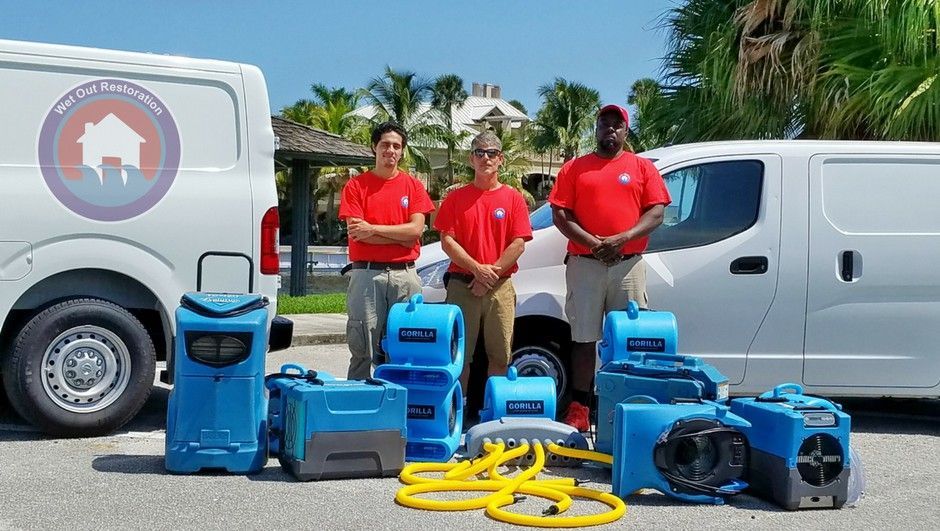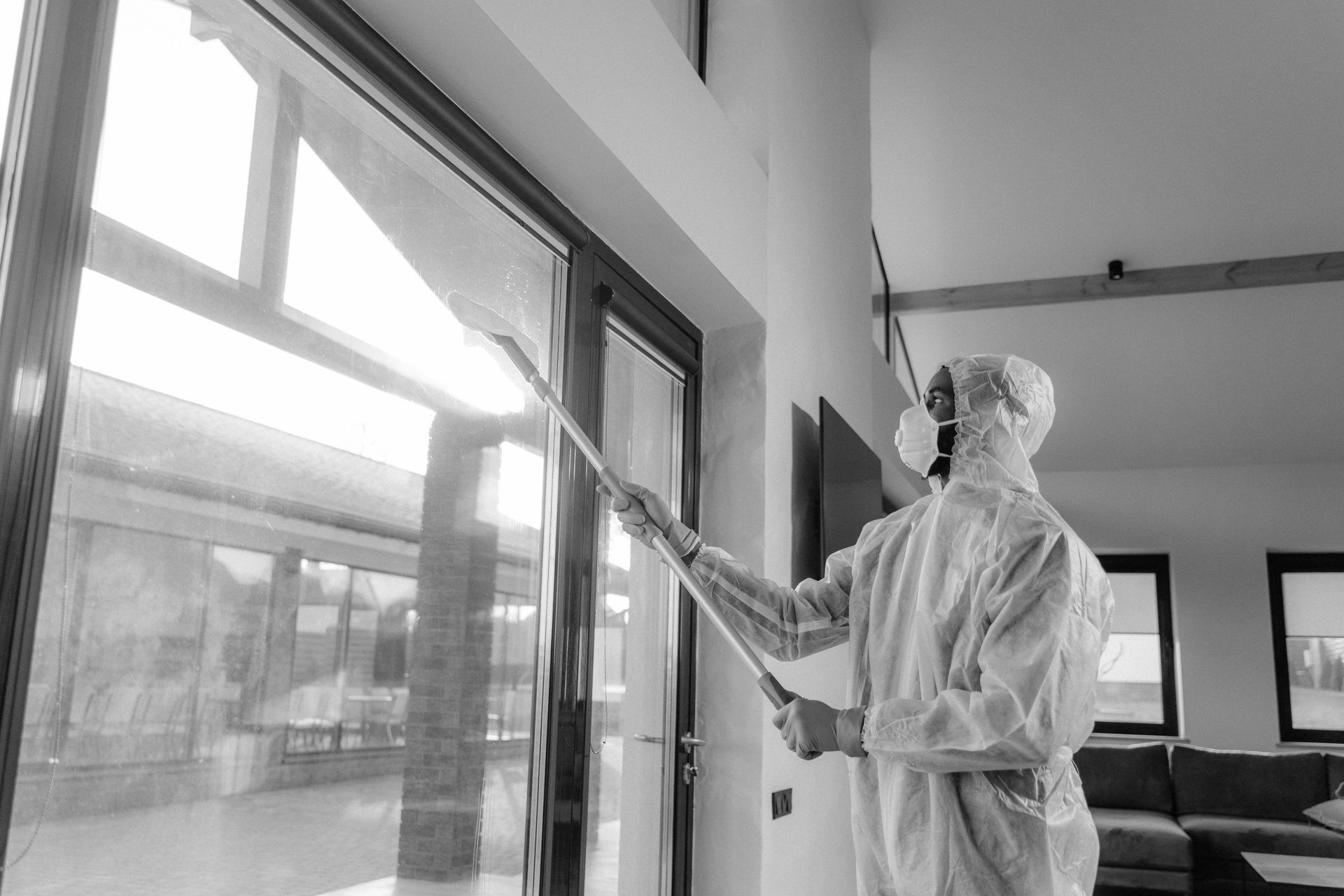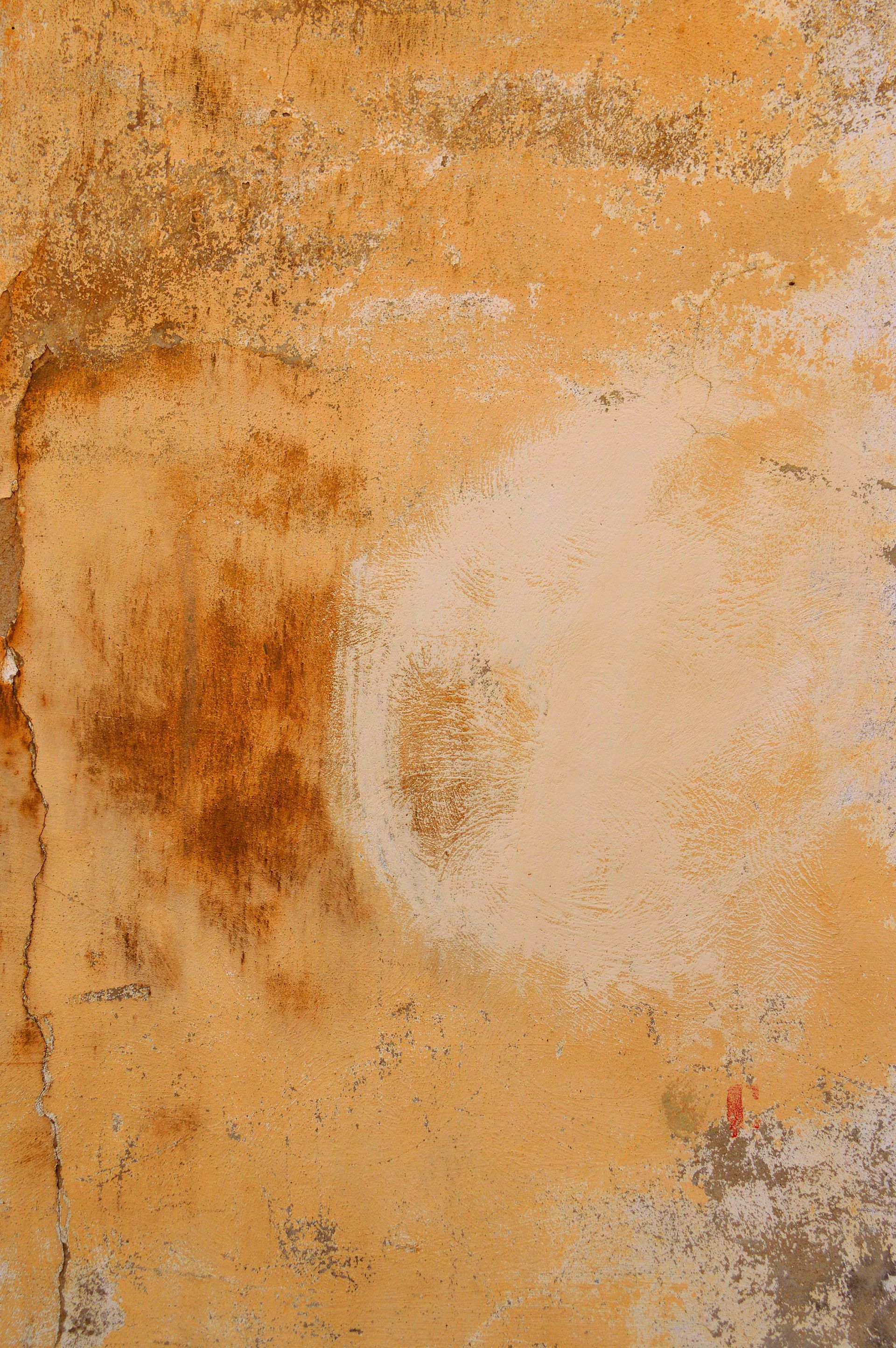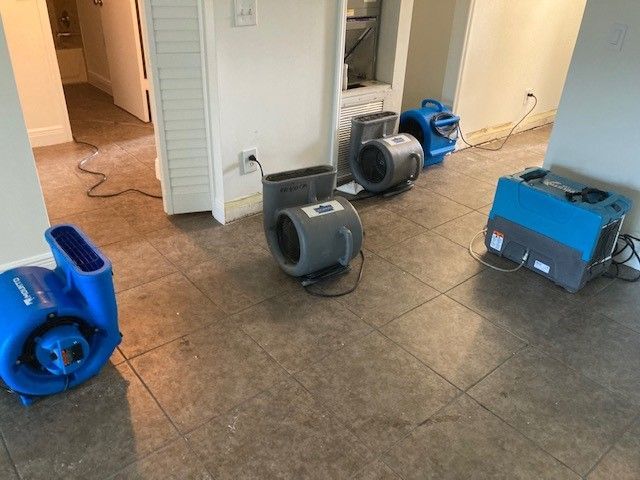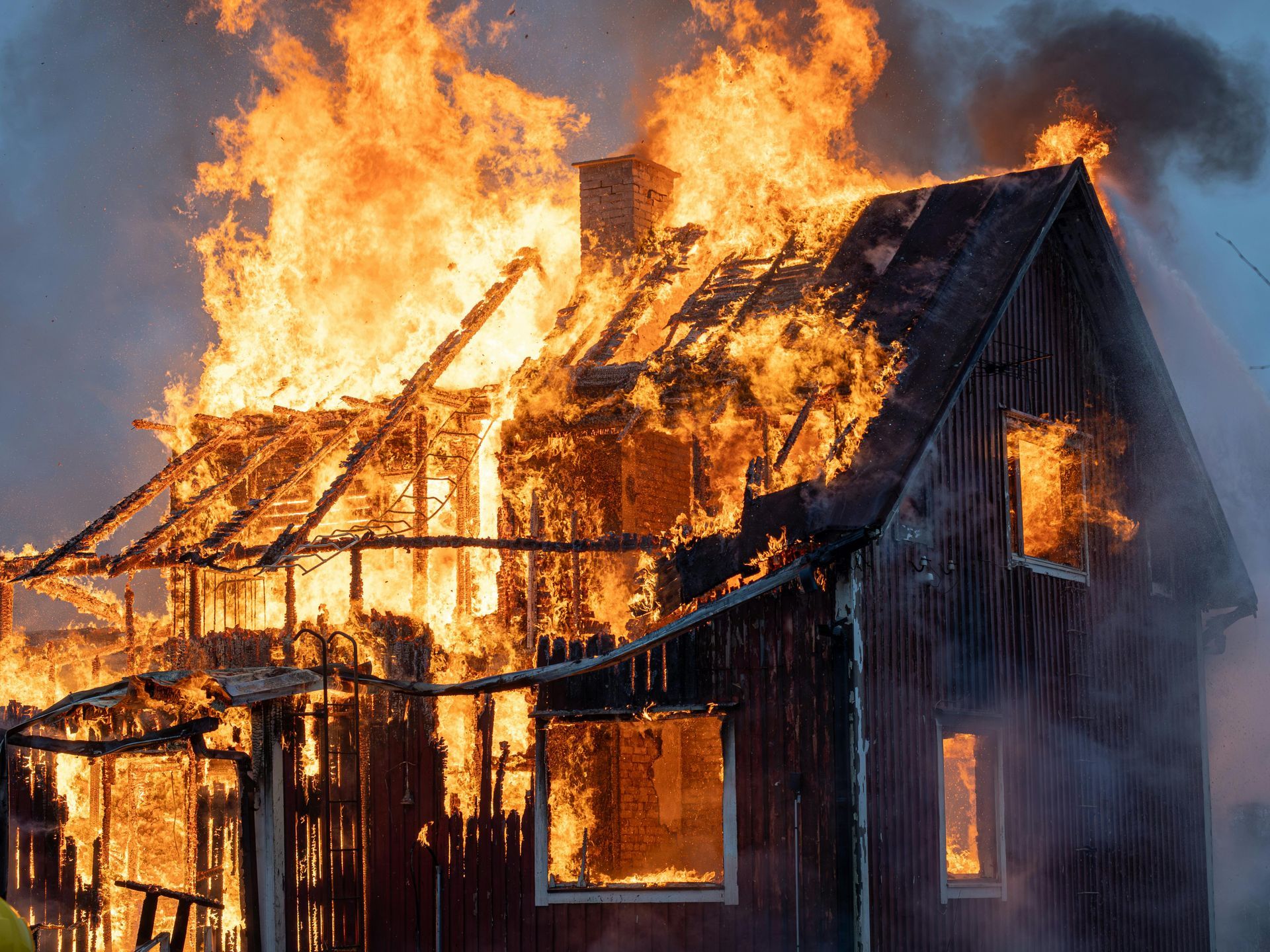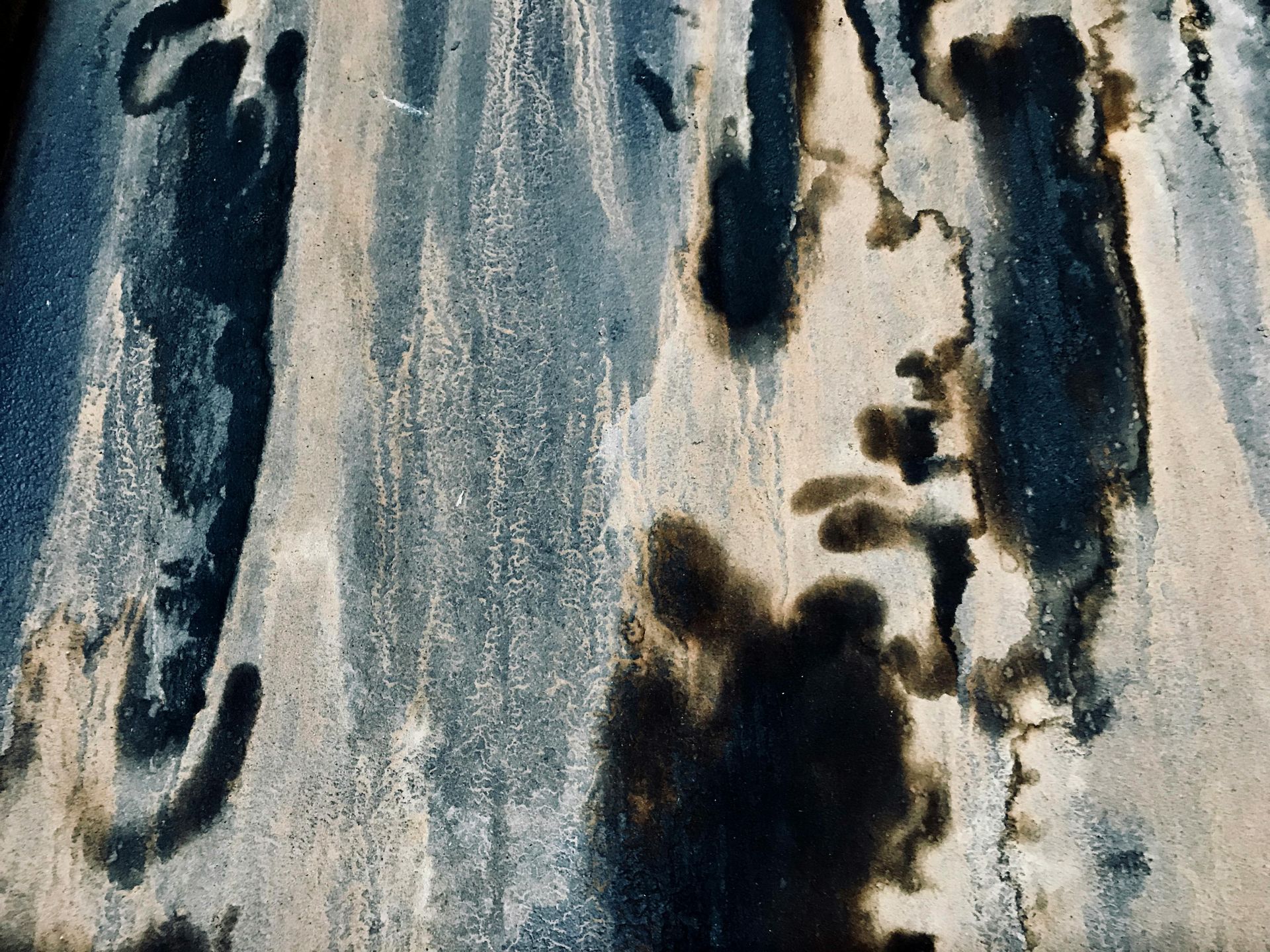Accepting All Insurance Providers
24 Hour Emergency Services Available
Why a Home Mold Inspection is Essential to Keep Your Family Safe
Why a Home Mold Inspection is Essential to Keep Your Family Safe
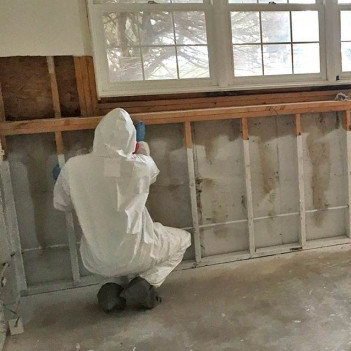
Mold testing is a critical step in ensuring the health and safety of your home's occupants. Mold can grow invisibly behind walls or under flooring, often originating from moisture issues like leaks, flooding, or poor ventilation. If left unchecked, mold exposure can lead to respiratory problems, allergic reactions, and other health complications. This article will explore the importance of conducting regular home mold inspections, identify common sources of mold growth, and highlight the serious risks posed by untreated mold. By understanding these elements, you can take proactive measures to safeguard your living environment and enhance your family's overall well-being.
Common Signs of Mold
Mold growth within a home can pose serious health risks and structural issues if left unaddressed. Recognizing the common signs of mold not only safeguards the well-being of your family but also enhances the longevity of your property.
- Musty Odors: A persistent musty smell, particularly in basement or attic areas, often indicates the presence of mold. This odor is a key sign even when mold is not visibly apparent.
- Visible Mold: Discolorations or fuzzy spots on walls, ceilings, and around window sills may indicate mold. These signs should not be ignored as they can spread rapidly.
- Water Damage: Areas with past or present water damage, including leaks from pipes or roofing, provide ideal conditions for mold development. Inspect these areas thoroughly.
- Increased Humidity: High humidity levels, commonly above 60%, can promote mold growth. Dehumidifiers can help reduce moisture, mitigating mold risks.
- Condensation: Continuous condensation on windows, walls, or pipes often leads to mold. This is an indicator of excessive moisture that may support hidden mold development.
Testing is crucial for detecting mold in hidden areas, such as behind walls and under flooring, where it can thrive undetected, compromising structural integrity and air quality.
Types of Mold
Alternaria is a prevalent mold found in damp indoor environments, often residing in showers, sinks, and window frames. Exposure to Alternaria can trigger allergic reactions and respiratory issues, particularly in individuals with asthma or compromised immune systems. Prolonged contact with this mold may also exacerbate pre-existing respiratory conditions.
- Aspergillus is a diverse mold genus found both indoors and outdoors, with certain species known to produce harmful aflatoxins, posing significant health risks. While many people can breathe in Aspergillus spores without adverse effects, it can lead to aspergillosis in individuals with weakened immune systems, causing severe respiratory problems and potentially life-threatening infections.
- Cladosporium typically thrives in both warm and cold environments and appears on household surfaces such as fabrics, carpets, and wallpapers. While it does not produce mycotoxins, exposure to Cladosporium can nonetheless lead to allergic reactions, such as sneezing, coughing, and eye irritation, especially in those sensitive to allergens.
- Penicillium species are commonly associated with water-damaged materials and can spread quickly to other damp areas within a home. Some Penicillium molds secrete mycotoxins that can lead to allergic reactions and, in more severe cases, chronic sinus infections and inflammation of the lungs.
- Stachybotrys, often referred to as "black mold," is infamous for producing mycotoxins that can have severe health implications. Stachybotrys thrives in consistently damp and humid conditions and may cause dizziness, headaches, and respiratory issues among those exposed. Long-term exposure has been correlated with severe neurological and systemic health concerns.
- Fusarium is a type of mold that often contaminates water-damaged carpets and wallpaper. While it can produce mycotoxins harmful to human health, its impact is particularly pronounced in those with compromised immunity, leading to conditions like fusariosis, which can affect skin, eyes, and respiratory systems.
- Trichoderma is typically found on wet wood, wallpaper, and other building materials but requires constant moisture for growth. While some species of Trichoderma can produce allergens and opportunistic infections, its primary concern lies in its ability to produce metabolites that can degrade building materials, potentially causing structural damage over time.
Health Risks Associated with Mold Exposure
Exposure to mold poses significant health risks, including allergic reactions, respiratory issues, and neurological symptoms. Studies show that 21% of asthma cases may be attributable to mold exposure. The CDC highlights mold's role in worsening pre-existing lung conditions, with prolonged exposure linked to memory loss and cognitive dysfunction.
Allergic Reactions
Mold can cause allergic reactions in some people due to its spores, which trigger symptoms like sneezing, runny nose, and itchy eyes. Common allergenic molds include Alternaria, Cladosporium, and Penicillium, which thrive in damp, indoor environments. These molds release airborne spores that, when inhaled, can exacerbate allergies, especially in individuals with heightened sensitivity to allergens.
Respiratory Problems
Exposure to mold can lead to respiratory problems, including symptoms such as coughing, wheezing, and shortness of breath. Molds like Aspergillus, Stachybotrys, and Fusarium are notorious for causing these issues due to their production of irritating spores and mycotoxins. These airborne particles act as common respiratory irritants, exacerbating conditions like asthma and potentially leading to serious respiratory infections.
Headaches and Fatigue
Exposure to molds such as Stachybotrys and Aspergillus can lead to headaches and fatigue due to their production of mycotoxins and volatile organic compounds (VOCs). These substances can affect the nervous system, resulting in persistent discomfort and tiredness. Individuals with sensitivity to these molds may experience prolonged neurological symptoms, impacting overall well-being and daily functioning.
Skin Irritation
Exposure to molds such as Fusarium, Trichoderma, and Stachybotrys can lead to skin irritation and rashes due to their mycotoxins and allergens. These molds thrive in damp environments, directly affecting skin health. Contact with mold-infested surfaces or inhalation of spores can irritate sensitive skin, leading to conditions such as dermatitis and exacerbating pre-existing skin issues.
Fungal Infections
Exposure to mold increases the risk of fungal infections, especially in individuals with weakened immune systems. Molds like Aspergillus and Fusarium are particularly known to cause infections such as aspergillosis and fusariosis. These molds' spores can invade the body, overwhelming immune defenses, and leading to severe respiratory or systemic conditions, primarily affecting the lungs, sinuses, and skin.
Neurological Symptoms
Multiple studies have identified a connection between mold exposure and neurological symptoms like memory loss and mood changes. Aspergillus and Stachybotrys molds, known for producing neurotoxic compounds, have been implicated in such issues. Research, including a 2011 study published in Environmental Health Perspectives, highlights these molds' potential to affect cognitive function and emotional stability, emphasizing their impact on neurological health.
Immunological Reactions
Exposure to molds such as Penicillium and Aspergillus can trigger immunological reactions, including symptoms like fever and respiratory distress. These molds produce mycotoxins that challenge the immune system, potentially leading to heightened immune responses. In vulnerable individuals, ongoing exposure can cause immune dysregulation, increasing susceptibility to infections and exacerbating respiratory conditions through profound immune system engagement.
Toxicity From Mycotoxins
Molds such as Aspergillus, Stachybotrys, and Fusarium produce mycotoxins, harmful compounds that can lead to toxicity and various health issues, including respiratory distress, immunosuppression, and neurological effects. Mycotoxins can contaminate air and surfaces, especially in damp environments, posing risks through inhalation and contact. Prolonged exposure heightens the severity of health impacts, underscoring the importance of managing indoor mold presence.
Sudden Infant Death Syndrome (SIDS)
Research suggests a correlation between indoor air pollutants, such as mold, and an increased risk of SIDS. Studies, including one from the American Journal of Respiratory and Critical Care Medicine, highlight mold's role in respiratory distress, affecting infant health. Exposure to mold spores may impact infant immune and respiratory systems, potentially contributing to SIDS cases.
The Mold Testing Process
The mold testing process involves multiple steps to ensure accurate detection and assessment of mold presence. Professionals start by collecting samples from both air and surfaces. Air sampling involves using specialized equipment, like spore traps or air pumps, to capture airborne mold spores. Surface sampling typically utilizes swabs, tapes, or bulk samples from suspected areas. Once collected, samples are sent to a laboratory for analysis, where they undergo microscopic examination and culture tests to identify mold types and concentrations. Different tests, such as qualitative or quantitative, may be performed depending on the situation. It is crucial to work with trained professionals who can accurately interpret test results and provide reliable insights into potential health impacts and remediation strategies. Their expertise ensures that any findings are understood correctly and that appropriate measures are taken to address any mold issues effectively.
Preventing Mold Growth
Preventing mold growth in the home is crucial for safeguarding both structural integrity and occupant health. Mold thrives in damp environments, making it essential to reduce moisture and prevent water damage. Regularly inspect for and address leaks in roofs, plumbing, and basements. Ensure gutters and drainage systems are functioning properly to divert water away from the house. Employ dehumidifiers and air conditioners to maintain indoor humidity levels below 60 percent and encourage airflow. Ventilation is the key. Use exhaust fans in kitchens and bathrooms and ensure your HVAC system circulates air efficiently. In spaces prone to dampness, such as basements, moisture barriers or sealants should be considered. Additionally, avoiding carpeting in areas like bathrooms can help reduce moisture accumulation. By implementing these strategies, homeowners can minimize mold risks, promoting a healthier and more comfortable living environment.
Protect Your Home With Wet Out Restoration
Understanding these elements is crucial for maintaining a healthy living environment. Wet Out Restoration is dedicated to addressing your mold concerns with expert clarity and effective solutions. Don't let mold threaten your well-being—contact Wet Out Restoration today for professional assistance and peace of mind.
Emergency?
Need Help Now?
Call Wet Out Restoration now!
CALL 24/7
Wet Out Restoration is your go-to expert for water, fire, and mold damage restoration in Florida. With over a decade of experience and a BBB accreditation, we provide 24/7 emergency services and guarantee a 60-minute response time. Serving Martin County, St Lucie County, Palm Beach County, Indian River County, and Brevard County, we are committed to restoring your property quickly and efficiently. Trust Wet Out Restoration to handle your restoration needs with professionalism and care. Contact us today for prompt assistance.
Our Services
Contact Information
Wet Out Restoration
1562 SE Village Green Dr Suite 1, Port St. Lucie, FL 34952
All Rights Reserved | Spectrum Restoration Services

